From backpack to shopping cart: how programmatic advertising drives the shopping season
September is not just back to school: it’s the return to routine, recurring expenses, and new goals. While brands compete for attention in a...
Plan, activate and control media to hit targets with precision.
Turn data into smart decisions with advanced analytics and modeling.
Efficiency, governance and scale for agencies and teams.
![[Ebook] SEO + AI: eBook to Master AI Overviews and GEO](https://www.adsmurai.com/hubfs/MKT%20-%202025/WEB/Resources%20-%20Banners/HeaderEN_Ebook_SEO+AI.png)
[Ebook] SEO + AI: eBook to Master AI Overviews and GEO
Learn how to structure and distribute your content so generative models can understand it, trust it, and reuse it in their answers. A practical guide to compete and appear in AI Overviews and AI-powered assistants.
Discover more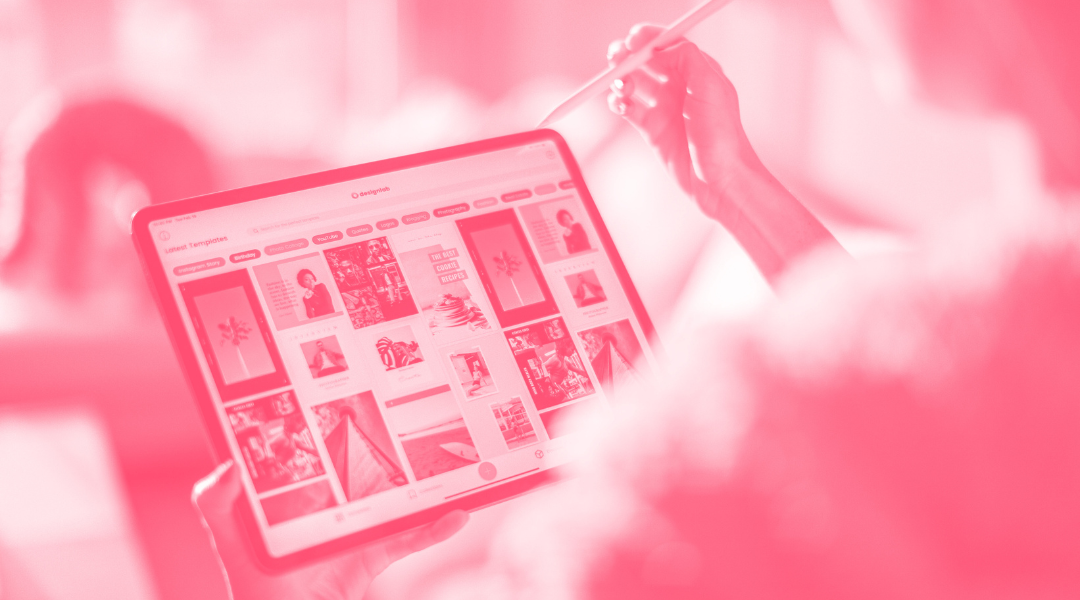
The fundamental goal of any advertising campaign is to attract the user's attention and convert them into customers. However, in an increasingly aggressive competitive landscape, this task becomes more challenging with each passing day.
Attracting and retaining your ideal audience has become a difficult proposition. Consumers have evolved and become more demanding of brands. In a world where attention is a valuable resource, brands are challenged to stand out and captivate their potential customers.
In this context, Rich Media is positioned as a powerful tool that not only attracts the attention of the audience, but also keeps them engaged.
TABLE OF CONTENTS
Rich Media is the natural evolution of digital advertising. We’re talking about ads that go beyond a static image or a simple copy line; they combine video, audio, animations and interactive elements that invite the user to participate. Instead of just looking at a banner, the audience can swipe, expand, play or interact directly with the ad content.
Unlike traditional display, Rich Media adds a layer of dynamism that translates into better results: longer view time, higher click-through rates (CTR), stronger brand recall and a more solid ROI. Plus, thanks to HTML5 and programmatic buying, these ads adapt to any device and context, adjusting their behaviour based on user interaction.
🎬 Examples that work:
The real value of Rich Media isn’t just grabbing attention, but what it lets you measure: interactions, expansions, time spent within the ad and direct conversions. This gives brands a much fuller view of audience behaviour and enables real-time optimisation.
In short, Rich Media gives brands the chance to stand out with memorable experiences that combine creativity, technology and data.
One of the big advantages of Rich Media is its versatility. It’s not limited to a single ad type; it offers multiple formats that adapt to different campaign goals—from building awareness with immersive experiences to driving conversions by showcasing multiple products in one space.
Transitions Carousel
A step up from the classic carousel, with smooth, appealing transition effects that elevate the user experience and boost interaction.
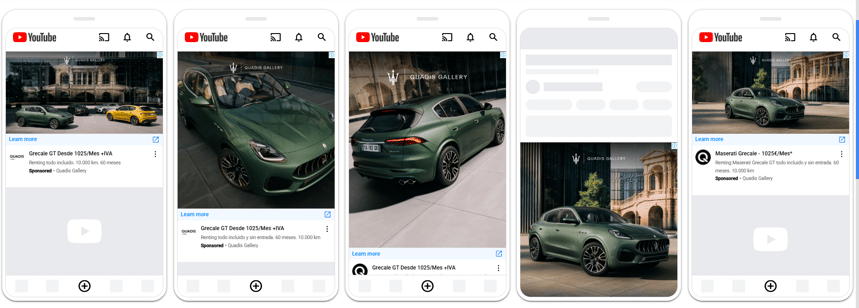
Expandable ads are like “chameleon” banners: they start at a standard size and, when users interact (click, hover or scroll), they expand to reveal much more content. Expansion can happen in two ways:
These ads can expand in any direction, change shape, include animations or even fade elegantly. Typically they auto-retract after a set time, although users can expand them again whenever they like.
👉 Use cases:
The real strength of expandable ads is delivering richer experiences without taking extra space upfront, making them ideal for high impact without being intrusive from second one.
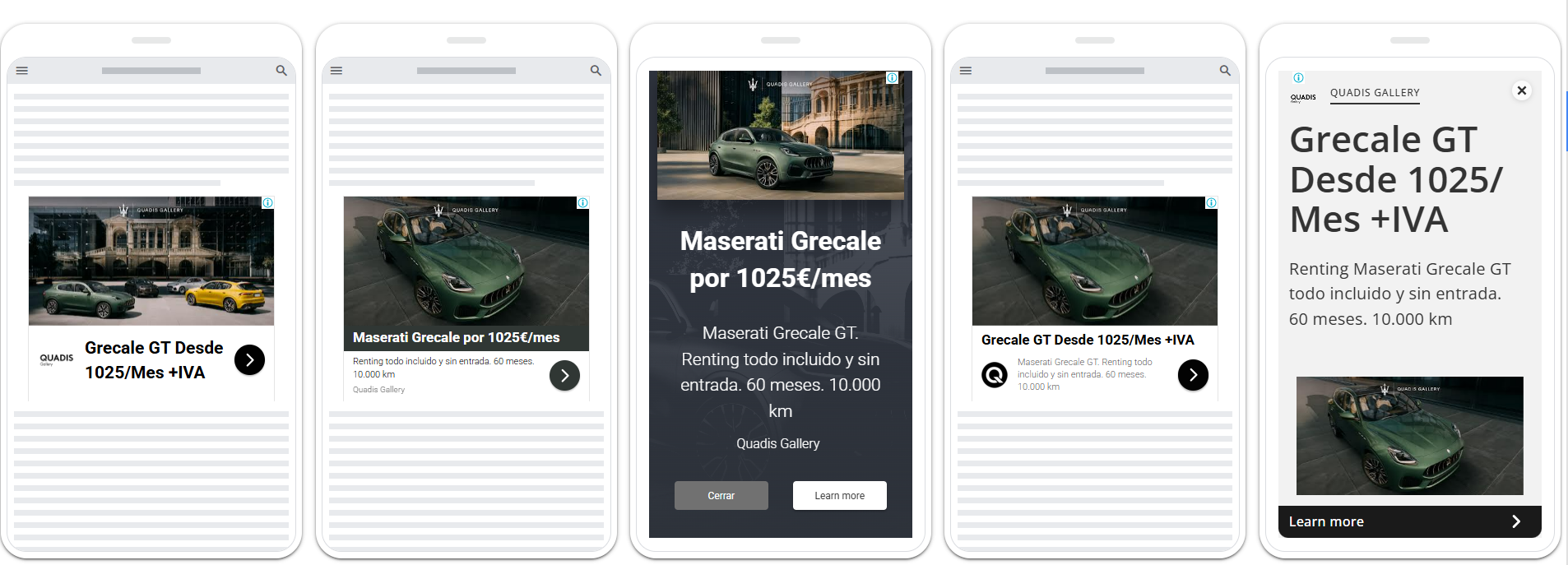
Video is the star format within Rich Media because it blends the best of audiovisual with digital interactivity. It can be embedded in virtually any format (banners, carousels, expandables…) and lets brands tell stories in a visual, direct way.
These ads can:
👉 Real example: fashion campaigns where users watch a video lookbook and, with a click, jump straight to the product they like. In automotive, it’s common to show the car in action and let users explore add-ons or book a test drive.
Key benefit: higher brand recall and longer attention than any other format.
Interstitials are full-screen ads that appear at key navigation moments: when switching pages, opening an app or even moving to the next level in a game. Their strength is that they capture the user’s full attention, beating typical “banner blindness”.
Main characteristics:
👉 Real example: a travel retailer showing a flash offer interstitial right when the user searches flights; or a gaming app offering rewards for interacting with a brand ad.
Key benefit: significantly higher CTRs than traditional banners and immersive experiences in seconds.
Before we dive in, it’s worth restating the difference:
Standard formats: text or image banners, static, limited interaction and basic metrics (CTR).
Rich Media formats: dynamic ads with video, audio or animation that invite user interaction and let you measure far more than a simple click.

Goodbye to banner blindness
Because they’re not flat or repetitive, they’re harder to ignore. In a cluttered environment, that’s pure gold.
The success of Rich Media isn’t just about the format: what matters is how you use it within your strategy. Here are the keys to getting the most from it:
🎯 1. Pick the right format
Launching an immersive interstitial for awareness isn’t the same as using a dynamic carousel to showcase a catalogue. Choose the format based on your goal (branding, traffic, performance) and the audience you want to reach.
👉 Example: in retail, a carousel with real-time stock can drive clicks; in automotive, a 3D expandable boosts brand recall.
🎮 2. Lean into interactivity
Rich Media’s edge is inviting users to play with the brand. Add quick polls, mini-games, forms or interactive video. The more they get involved, the stronger the connection.
🎨 3. Nail the design and aesthetics
It’s not just about a “big logo”. Rich Media works because it’s visually striking and aligned with your brand. Use high-quality creatives, smooth animations and attractive layouts that spark curiosity without overwhelming.
🗣️ 4. Keep the message clear
Even if the format allows for bells and whistles, the message must be understood in seconds. Be clear about your offer and the action you want (buy, sign up, learn more…).
🎯 5. Segment precisely
Programmatic multiplies Rich Media effectiveness when data is well used: demographics, behaviour, location, interests… Right format + right audience = winning combo.
🔄 6. Test and optimise
Rich Media makes A/B testing easy: try different CTAs, colours, video lengths or interactions. Adjust on the fly and let data lead the way.
👉 Example: Wallapop campaigns with geo-dynamic banners doubled interaction after testing several versions.
📊 7. Measure what matters
Don’t stop at CTR. Rich Media gives access to much richer metrics: interaction time, expansions, full video views, hotspot clicks… Analyse and connect these to business goals to understand true impact.
At Adsmurai we use heatmaps to analyse how users interact with Rich Media ads. They show which areas get the most attention and help optimise creativity in real time.
Complete Views: users who watch the full ad → measures depth of interaction.
VTR (View Through Rate): assesses impact after the first view.
Swipes, hovers and micro-interactions: gestures like swiping or toggling sound that reveal how content is consumed.
👉 With this information we can adjust campaigns on the fly, improve results and ensure a programmatic environment that is efficient and safe.
The combination of these strategies with Adsmurai’s programmatic advertising service gives you the tools and know-how to take your Rich Media campaigns to the next level. From selecting the right format to effective implementation and optimisation, you can count on Adsmurai to maximise performance and leverage a fully transparent, secure programmatic setup.
In digital advertising, creativity is the spark that makes an ad work. And with Rich Media, it becomes the lever that multiplies results.
Capture attention: videos, animations or interactive games make users stop and look.
Create immersive experiences: it’s not just about seeing an ad, it’s about living it. Interactive narratives that invite participation.
Memorable messages: creativity lets you deliver your value proposition clearly and impactfully.
Real personalisation: with programmatic and AI, creativity adapts to each audience, showing the right message at the right time.
Constant innovation: exploring new formats and approaches keeps brands relevant in a digital landscape that changes daily.
👉 In short: Rich Media combines creativity and technology to create experiences that not only grab attention but also drive interaction, conversion and brand lift. Embracing this approach is key to standing out in an increasingly competitive market.
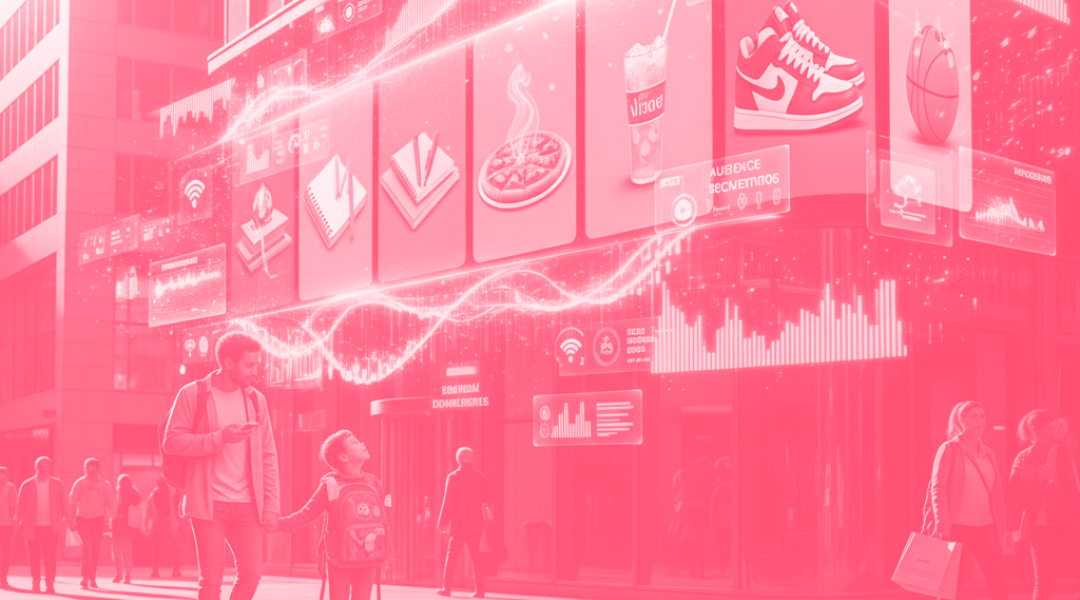
September is not just back to school: it’s the return to routine, recurring expenses, and new goals. While brands compete for attention in a...
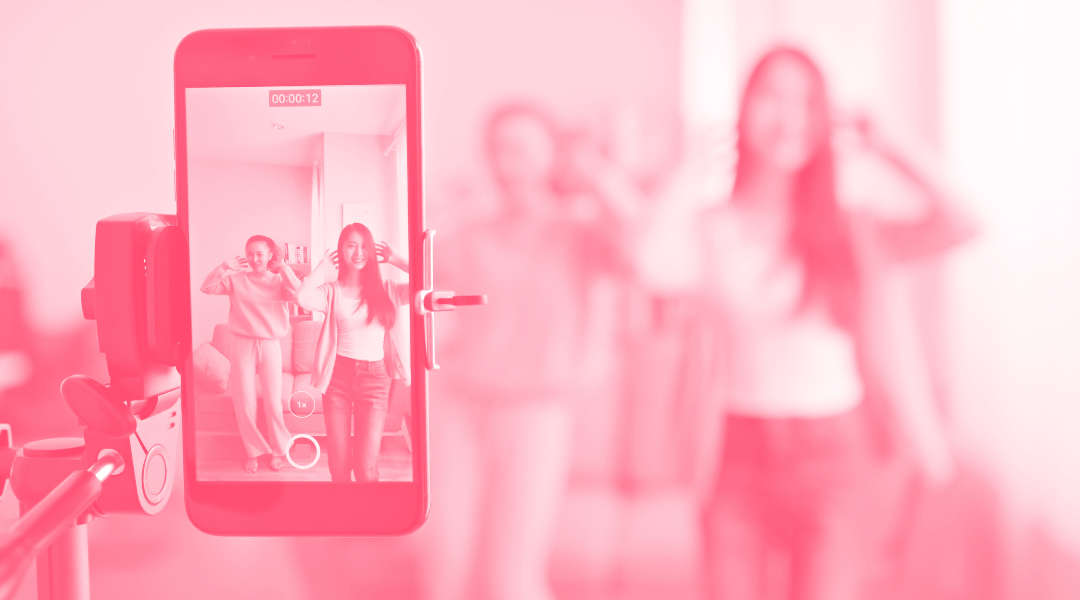
TikTok has transformed the way people create, share and consume content. With its unique focus on short videos and a wide range of creative tools,...
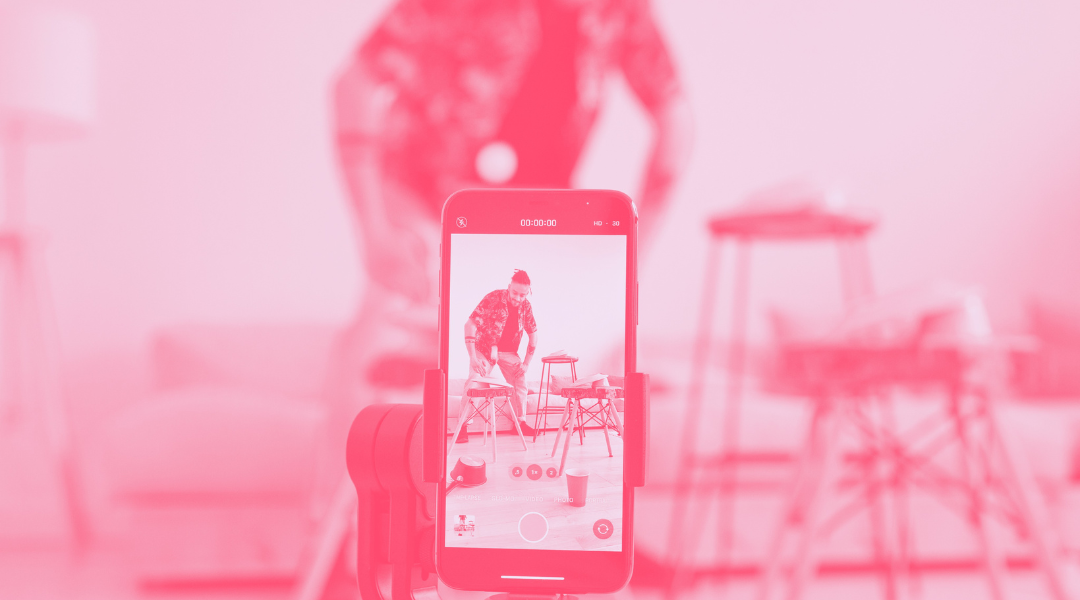
More than 3 billion downloads worldwide, 89 minutes per user per day on average, 546 billion monthly video views or 22,600 TikToks created every...